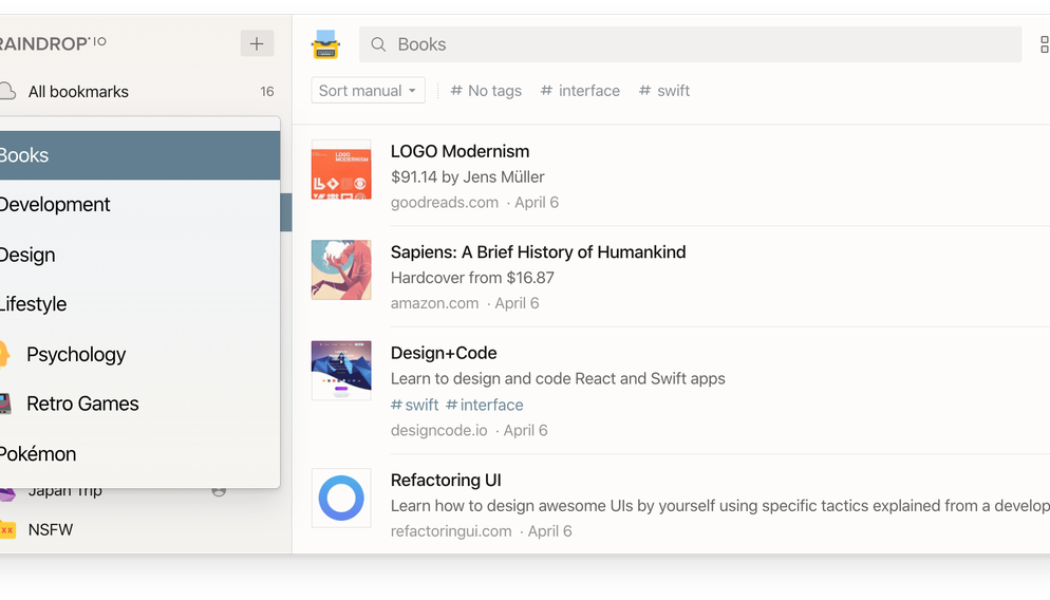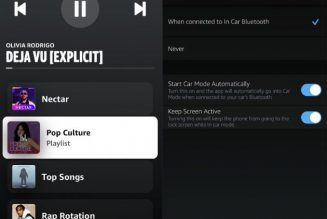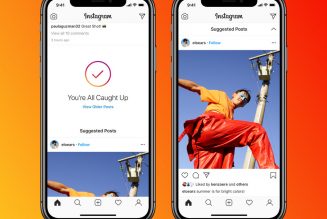Bookmarking apps are a lost art. They were once a hot industry, where Delicious and Diigo and Wink and Furl (these are all real names, I swear!) competed to be the home for all your URLs. But those went out of style right around the time James Blunt’s “You’re Beautiful” dropped off the radio charts, and the whole idea of “bookmarks” never really came back in style. You have browser bookmarks; what else do you need?
Here’s why you should be using a bookmarking app: because it’s the storage unit the internet needs. Seriously, think of it like you rented one of those self-storage squares, and now you have a place for all of the stuff that doesn’t fit anywhere else. Instead of emailing yourself links or keeping 100 tabs open just in case, every time you come across a URL you might need, fire it into your bookmarking app. Tweet you want to send to somebody later? Bookmarked. Reddit thread you don’t have time to wade through yet? Bookmarked. Recipe to try someday? Bookmarked. Confirmation page for your car rental next week? Bookmarked. Don’t worry about what it is or where it’ll eventually end up — just pour it all in one place and know it’ll be there waiting for you.
I’ve tried most bookmarking services in my traipsing about the internet, which honestly isn’t saying much; there’s not much competition out there. But at least there’s Raindrop, which turns out to suit my needs almost perfectly. It’s available practically everywhere — web, Windows, Mac, Linux, iPad, iPhone, and Android — and it’s fast and simple to understand. You get most basic features for free, but for $28 a year (about $2.33 a month), you get things like full-text search of everything you save, a permanent copy of everything even if the page disappeared, and a bunch of handy organizational tools. The search alone is worth it for me, but Raindrop does its job really well for free. If you use an app like Alfred or Raycast, you can also use those tools to search your Raindrop bookmarks. It’s like an app launcher for web apps, and it’s super useful.
The most important thing Raindrop gets right is its saving process. It has extensions for most popular browsers, and when you install the extension, you get to choose what happens when you click on it: it can either open up a mini version of the Raindrop app or, if you pick “Clipper,” it’ll just instantly save whatever page you’re currently looking at. I recommend choosing the Clipper option and then setting up a keyboard shortcut to activate it — I have Cmd-Shift-B — so you can save any page without even picking your fingers up off your keyboard.
One of the app’s most recent features is highlights, which let you save a snippet of a webpage or text instead of grabbing the whole thing. (The developer behind the app is also working on using screenshots the same way.) It makes Raindrop really handy for research; just highlight the two sentences you want to get back to, right-click, and hit “Save highlights.”
:no_upscale()/cdn.vox-cdn.com/uploads/chorus_asset/file/23892778/collections_2112_13f25535979d75ed8588c66b6d5ea01b.png)
You can also automate what gets saved to Raindrop through the app’s many integrations. This is where the app really leaves its competitors behind: Raindrop’s API seems to connect to everything. It works with IFTTT and Zapier to interact with lots of other apps, so if you want an automated list of every tweet you like or Reddit thread you upvote, Raindrop can do that. (I don’t recommend this, actually. It seems useful at first but is ultimately mostly just clutter. But you do you!) I have my RSS reader set up so that if I double-tap on a headline, it automatically goes into Raindrop.
Oh, and here’s a fun and occasionally lifesaving feature: Raindrop has a tab-bankruptcy feature, where it can save all your open browser tabs into a folder tagged with today’s date so you can keep your computer from exploding but still find those tabs later.
If you want, you can organize your bookmarks to your heart’s extent, with folders and tags and lots of custom icons. Raindrop does some of this for you, too, trying — with middling success, in my experience — to figure out what kind of content you saved and categorize it accordingly. Personally, I just have two folders: the default “Unsorted” folder that all new bookmarks go into by default and an “Archive” folder for links I don’t need anymore but still want to show up in search results later.
Raindrop can be super powerful and complicated if you want, and you can even use it with other people for a collaborative bookmarking system. I don’t want any of that. For me, it’s just a place to put all of the stuff I collect as I move around the internet. I don’t have to organize it; I don’t have to worry about what goes where. I just throw everything on the pile and let the app do the rest.








